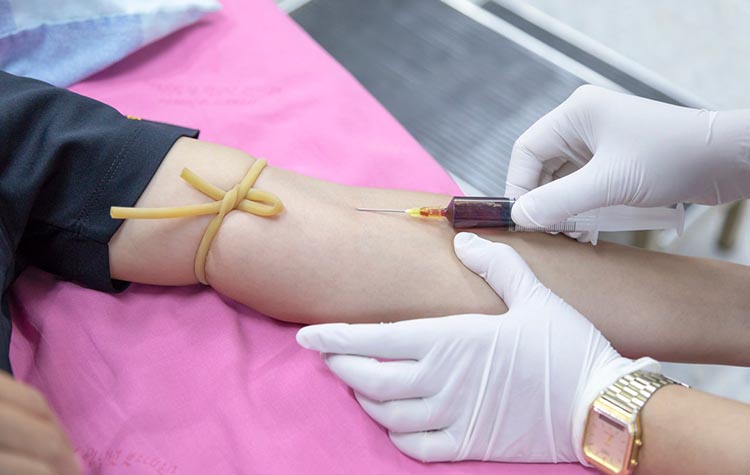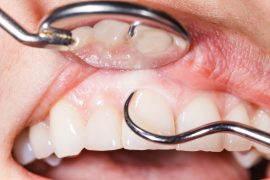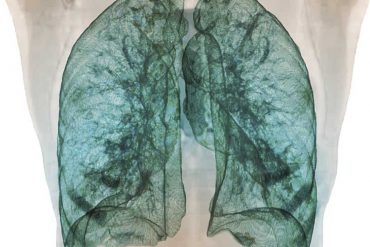Advertisement
4. Diagnosis Investigations
In most cases, diabetic ketoacidosis is diagnosed when there is a combination of acidosis, hyperglycemia, and a presence of ketones is detected in urine or blood. 10% of patients with diabetic ketoacidosis do not have a significantly elevated high blood sugar. This condition is called euglycemic diabetic ketoacidosis.
When diagnosing acidosis, the doctor will perform pH measurement on the blood that was collected from the patient’s artery or vein. The ketones can be easily detected from blood and urine samples. Blood samples can also be used in determining urea and creatinine function in order to assess the electrolyte levels and kidney function.
Advertisement





